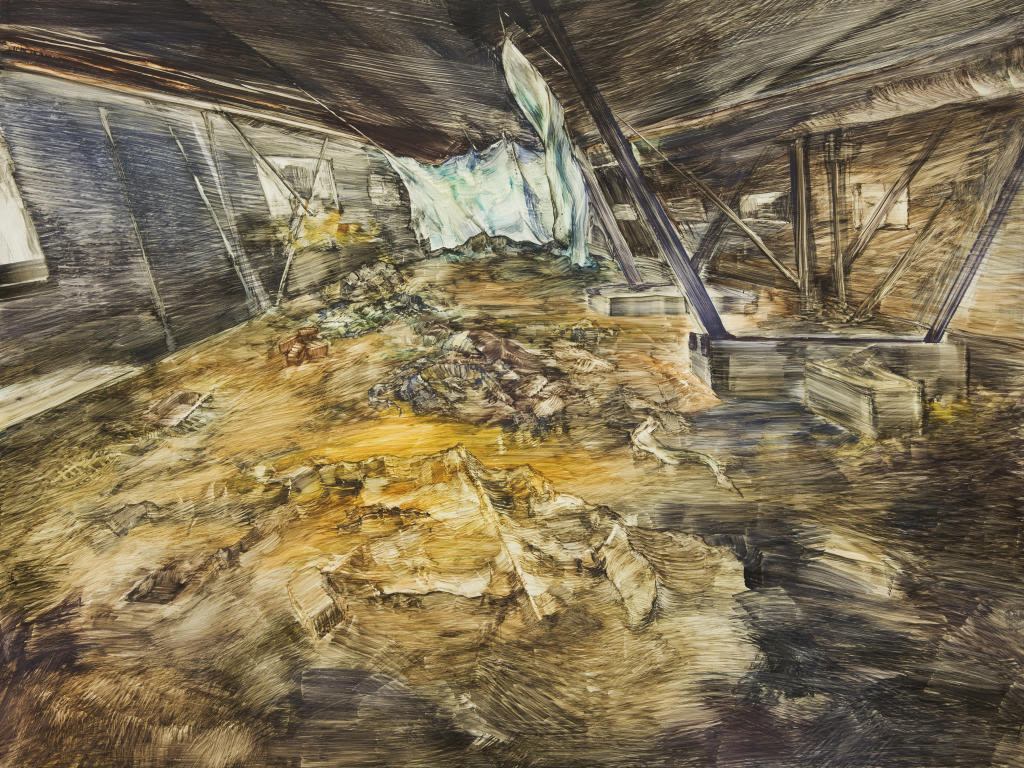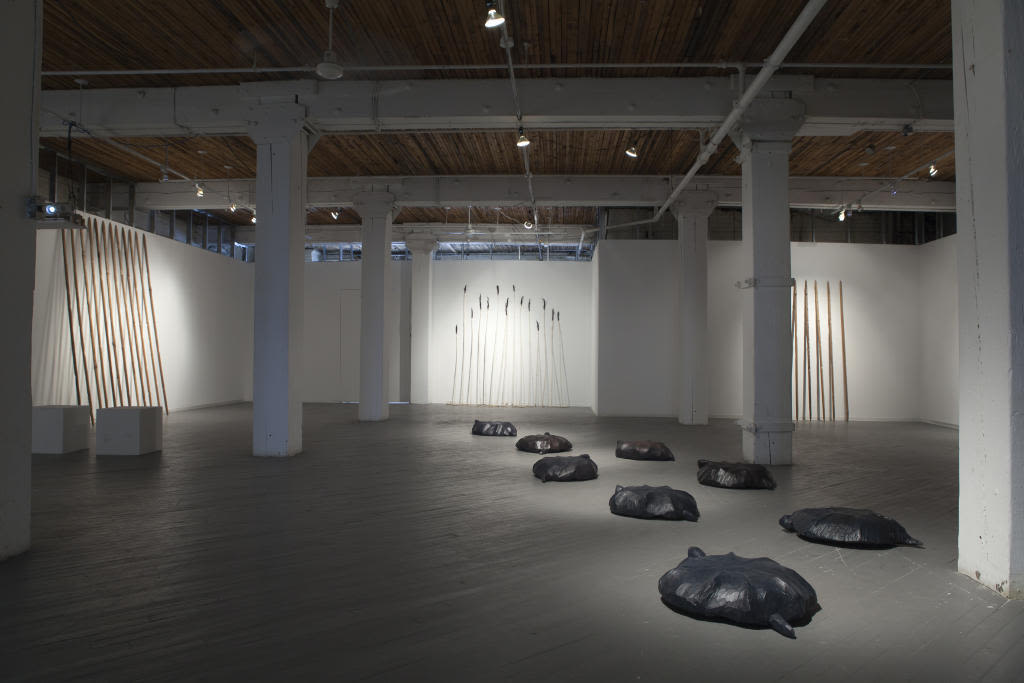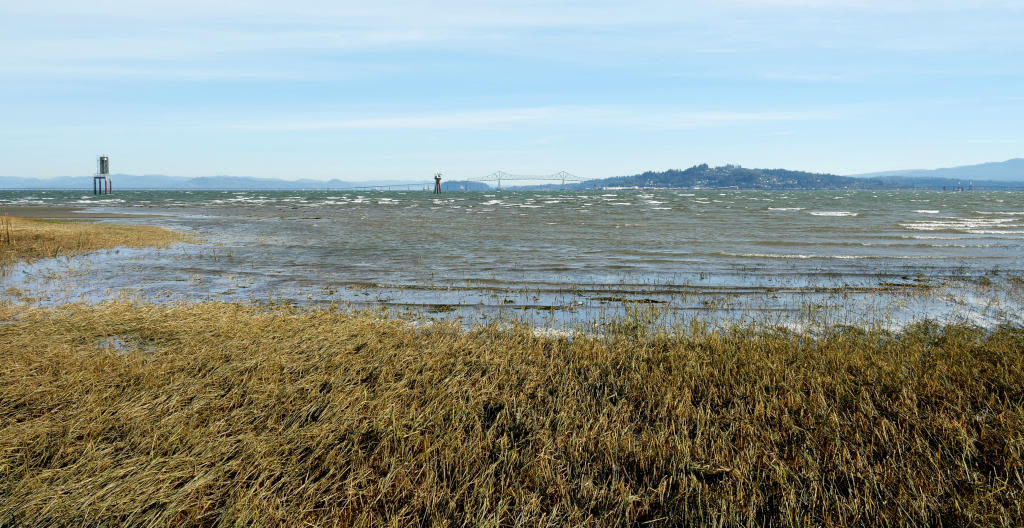How Do Artists Express Place and Belonging?

This spring the Portland Art Museum presents the map is not the territory, a new celebration and exploration of the Northwest through the work of eight regional artists. It is part of a triennial series featuring regional artists exploring place and boundaries, and this inaugural exhibition focuses along the eastern edge of the Pacific Ocean stretching from Oregon through Washington and Vancouver, B.C., up to Alaska. The artists in this exhibition seek to reconceive and reimagine the Northwest. What does it mean to make art in this region today, and what are the immediate inspirations and pressing concerns that drive each artist’s work?

The map is not the territory builds on the Museum’s history of showcasing artists of the region, reaching back to the long-running Oregon Biennial and its successor the Contemporary Northwest Art Awards. Through a culmination of studio visits, conversations with the artists, and shared readings, connective themes have surfaced for this exhibition. The map is not the territory is a generative conversation about our connections to the land, efforts toward decolonization, bringing indigenous values to the forefront, and a celebration of the region’s kinship. The artists in the exhibition are Annette Bellamy, Fernanda D’Agostino, Jenny Irene Miller, Mary Ann Peters, Ryan Pierce, Rob Rhee, Henry Tsang, and Charlene Vickers.

Geography connects the artists, but so does a deep sense of place and displacement in a moment when the effects of global climate change create a more urgent reconsideration of systemic values. While Bellamy responds directly to the land and ocean defined by her work as a commercial fisherwoman, D’Agostino and Peters point to severe moments of disconnect. Miller works to decolonize sexuality through the process of photography and narrative, asking, “How do we as indigenous people decolonize our sexualities, genders, and the way we treat individuals who identify outside of the standard binary male or female?” Tsang works closely with the Chinook Nation to revisit the 1851 Tansy Point Treaty, which was signed in good faith but never ratified by the federal government. To this day, the Chinook Nation is still striving to achieve official recognition. Vickers, despite a long residence in Vancouver, British Columbia, creates installations and performances that expose deep connections to her home and family of Ojibway ancestry, entwining healing body processes closely tied to her homeland. Pierce and Rhee speak to a resilience found in elements in nature that thrive and hold longevity beyond human time.

“This exhibition came together for me as a way to think about the possibilities of the region in different ways,” said exhibition curator Grace Kook-Anderson, The Arlene and Harold Schnitzer Curator of Northwest Art. “In the process of my studio visits, I’ve had a chance to think about the ways artists are connecting to issues today and the places where they live. I feel like we are at a time of reckoning where we need to embrace indigenous knowledge in light of global climate change and our economic system. Each of the eight artists are navigating our world in critical and corporeal ways, and I hope that collectively, seeing these works together will allow the viewer some ways to see the interconnectedness to not only some of the problems that exist today, but toward ideas that bring us closer together.”

Related public programs
Opening Artist Talks
February 10, 2 p.m.
Artist Performance: Fernanda D’Agostino
March 15, 6:30 p.m.
Artist Performance: Charlene Vickers
March 22, 6:30 p.m.
Miller Family Free Day (free admission)
April 27, 10 a.m. – 5 p.m.
